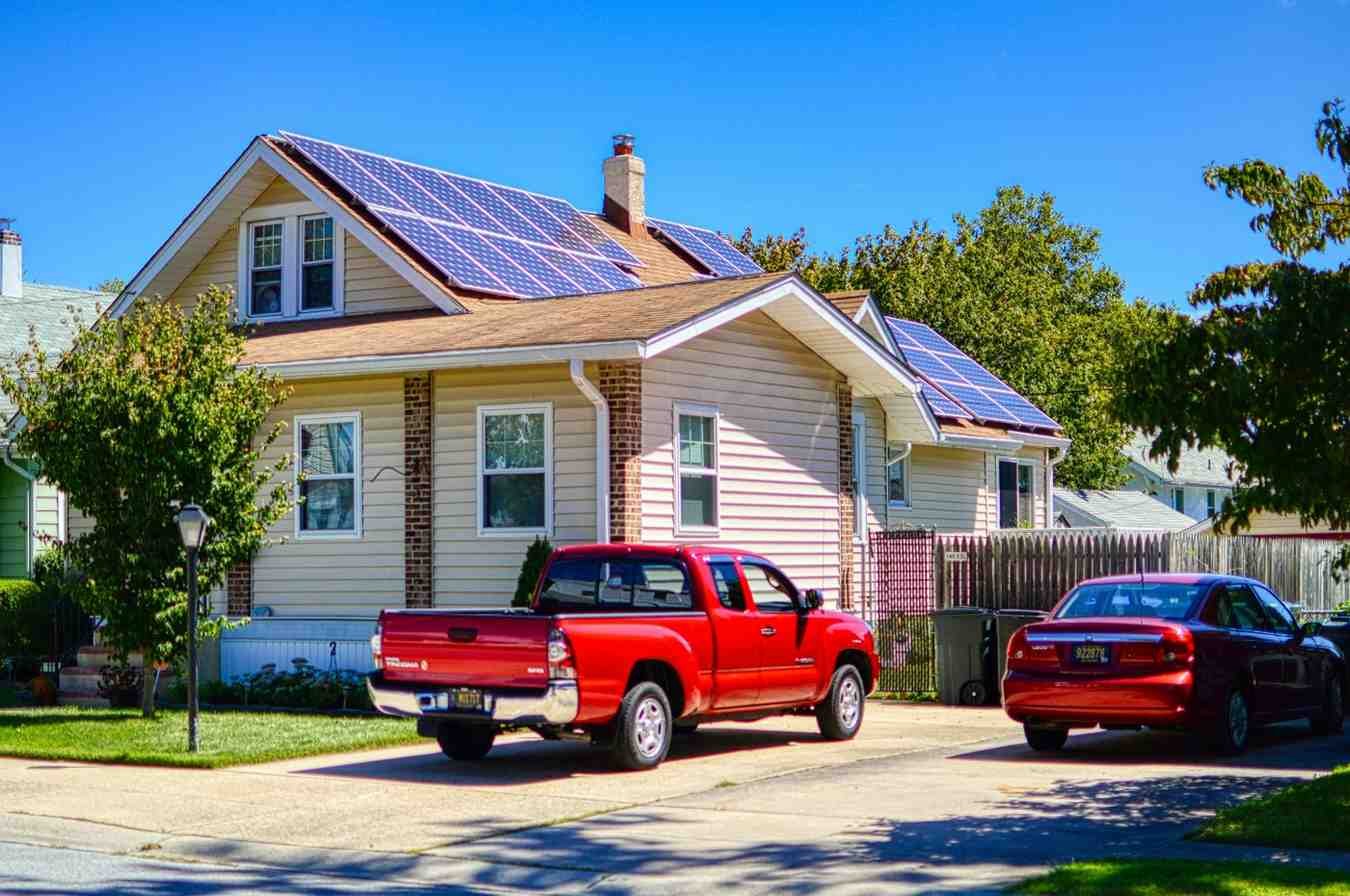Government Incentives and Tax Credits for Solar in 2025

As of 2025, going solar is more affordable than ever — thanks to strong government incentives and tax credits. Whether you're considering a residential solar panel installation or upgrading an existing system, there are programs that can significantly reduce your costs and boost your savings.
What Are Solar Incentives?
Solar incentives are financial benefits provided by federal, state, or local governments to encourage homeowners to adopt solar energy. These incentives help offset the initial cost of solar panel systems and improve the return on investment (ROI).
1. Federal Solar Investment Tax Credit (ITC)
The most well-known solar incentive is the federal Investment Tax Credit (ITC). In 2025, it allows homeowners to deduct 30% of their total solar system cost from their federal taxes.
Example: If your solar installation costs $20,000, you can claim a $6,000 tax credit.
2. State and Local Incentives
Many states and cities offer additional programs such as:
- Rebates: Instant discounts on solar purchases
- Performance-Based Incentives (PBIs): Earn money based on your solar output
- Property Tax Exemptions: Your property taxes won’t increase despite higher home value
- Sales Tax Exemptions: Pay zero or reduced sales tax on equipment
3. Net Metering
While not a direct “incentive,” net metering allows you to send excess electricity back to the grid and receive bill credits. This significantly reduces monthly power bills.
4. Solar Renewable Energy Certificates (SRECs)
In some states, you can earn SRECs based on how much clean energy your system generates. These certificates can be sold to utility companies, generating income every year.
Eligibility Requirements
To qualify for the federal ITC and most local incentives, you must:
- Own your solar panel system (not lease it)
- Install it on your primary or secondary U.S. residence
- Use the system for the first time (not refurbished)
Conclusion
Government incentives in 2025 make solar more attractive than ever. From a 30% federal tax credit to local rebates and net metering, you can significantly lower your upfront investment and maximize your long-term savings. Be sure to consult a certified installer and review all available programs in your area before installing your solar system.